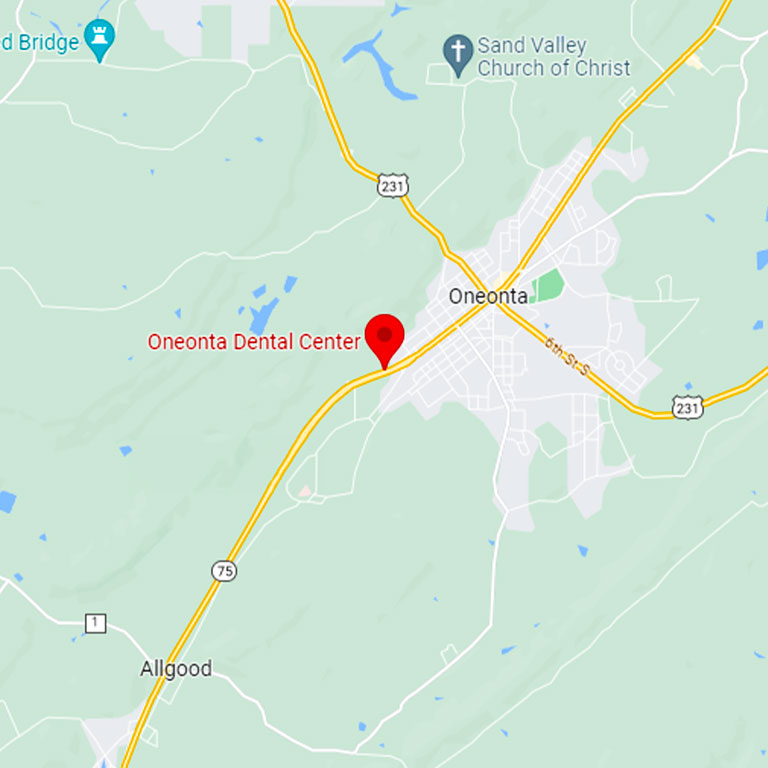Dental Crowns

Our dentist may recommend placing a dental crown if you have a weak, broken, or severely decayed tooth for the purpose of preserving your natural tooth. If you ever need a root canal, you can expect to receive a dental crown to prevent further episodes of inflamed or infected pulp. Other uses for crowns include holding a dental bridge in place and covering a dental implant.
The Dental Crown Procedure
Receiving a dental crown typically requires two appointments. At the first appointment, our dentist prepares your tooth by removing a small amount of enamel from it. This is necessary to make room for the new crown and to ensure that it stays bonded to your tooth once applied. Some patients also require filling material to build up parts of the tooth before our dentist can affix a crown.
For the next step, our dentist takes an impression of your tooth with dental putty and sends it to our laboratory. Our laboratory technicians create a customized crown for you based on the impression received from our dentist. You receive a temporary crown that you wear for two to three weeks while waiting for our laboratory technicians to finish crafting your permanent customized crown.
When your crown is ready, an administrative assistant from Oneonta Dental Center will reach out to you to schedule a second appointment. During this office visit, our dentist removes the temporary crown and bonds your new crown using dental cement. Before doing so, our dentist checks the fit, color, and shape of your new crown and allows you to do the same.
Benefits of Dental Crowns
Strengthening a weak tooth with a crown restores your full chewing function and protects the tooth from further erosion. The procedure also improves your smile. Dental crowns typically last for 10 to 15 years. The best ways to extend the lifespan of your new crown are to brush and floss at least twice a day, visit Oneonta Dental Center every six months for a checkup and cleaning, and avoid biting into hard foods using that tooth.

